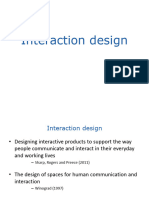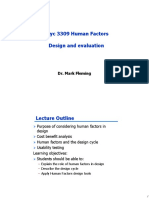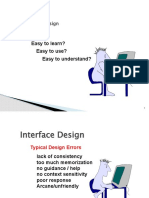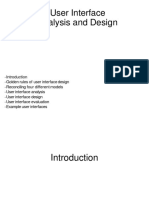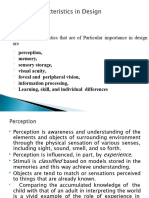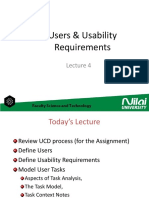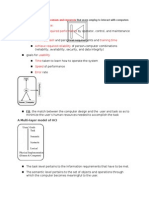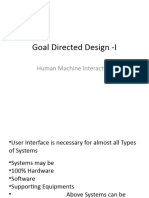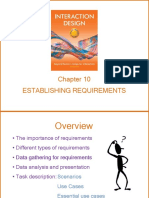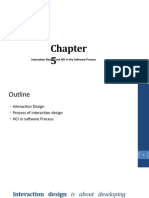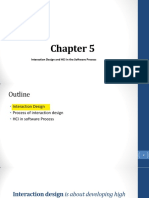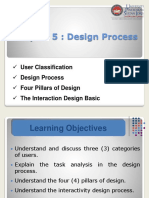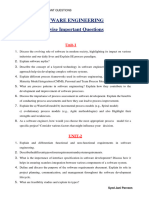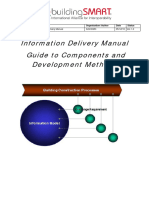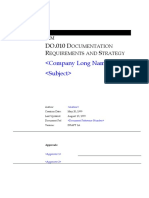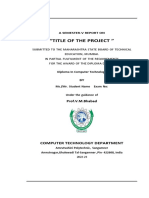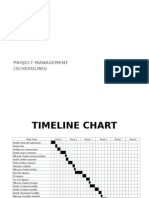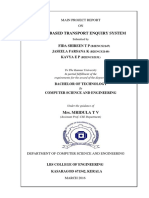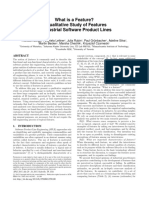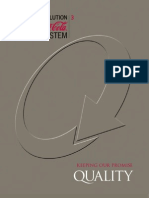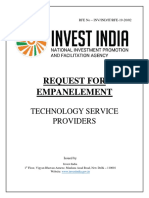0% found this document useful (0 votes)
13 views85 pages07 Uid Prog
The document discusses various aspects of requirements analysis including user analysis, task analysis, domain analysis, and requirements analysis. It provides details on techniques for analyzing users, tasks, and the domain as well as different types of requirements and templates for documenting requirements.
Uploaded by
NoneCopyright
© © All Rights Reserved
We take content rights seriously. If you suspect this is your content, claim it here.
Available Formats
Download as PDF, TXT or read online on Scribd
0% found this document useful (0 votes)
13 views85 pages07 Uid Prog
The document discusses various aspects of requirements analysis including user analysis, task analysis, domain analysis, and requirements analysis. It provides details on techniques for analyzing users, tasks, and the domain as well as different types of requirements and templates for documenting requirements.
Uploaded by
NoneCopyright
© © All Rights Reserved
We take content rights seriously. If you suspect this is your content, claim it here.
Available Formats
Download as PDF, TXT or read online on Scribd
/ 85





